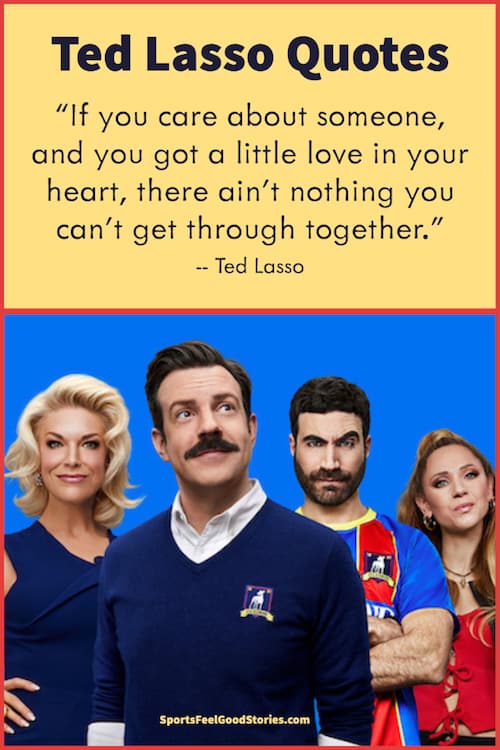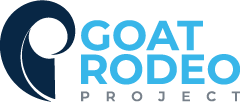Building a culture of kindness through teams
The recent public outcry to Vishal Garg’s handling of layoffs seems justified. The CEO fired around 900 of his team on a single Zoom call.
“If you’re on this call you’re part of the unlucky group being laid off.”
According to a recent press release from the digital mortgage firm, the leader (I use that term loosely) is now “taking time off … given the very regrettable events over the last week” with the board instigating a leadership and cultural assessment with an outside firm.
Classic “horse bolted” material. Had the announcement not gone viral I wonder how the board would have reacted? Would they have done anything? I suspect not.
Notwithstanding the callous nature of Garg’s delivery, he won’t be the first or the last leader to act with a lack of kindness and empathy.
During these troubling times, I am reminded of the powerful request from Ashira Gobrin in the early days of the pandemic for us all to be CEOs – Chief Empathy Officers. Since then that word “empathy” has been thrown around like return to office dates with little time being spent understanding what it means.
The reality is we’re actually getting ruder with the Better.com CEO not being the only one who didn’t get the “let’s be kind” memo.
Psychologists put this down to the lack of social interaction we have experienced combined with a level of anxiety and confusion heightened by the latest news of the latest variant.
We’ve all experienced it. The exaggerated road rage. Overhearing an indignant Karen or Kevin reprimanding someone for simply doing their job. And there’s much worse that many of us thankfully haven’t experienced.
Kindness is good for the body and the mind. It can increase self-esteem and improve our mood and at the same time decrease our blood pressure resulting in a happier and longer life.
The practice of kindness starts with ourselves before we look to extend it to others. This might be as simple as some self-care or not being critical in our self-talk.
It’s obviously important not to stop here.
Research tells us that looking for opportunities to positively impact others is beneficial for the both the giver and the receiver.
As Mark Twain said:
“Kindness is the language which the deaf can hear and the blind can see”.
University of California researchers instructed a subset of employees from Coca-Cola’s Madrid office to perform some RAOKs (random acts of kindness). Through regular reporting of the team’s happiness levels, the researchers were able to conclude that there was a significant increase in the positivity of the workplace experienced by both the givers and receivers. There was also a multiplier effect with the generous behaviour being reciprocated.
Beyond improving our own health, givers are also more successful at work. In Adam Grant’s book Give & Take he outlines research that concludes that the givers – the rare people who contribute without expecting anything in return – have the most success in the workplace. This makes sense when you consider how a willingness to help others can fuel innovation, collaboration and ultimately strong performance.
There is a risk that this generous bunch get exploited and burnt out – particularly if their superpower bleeds in to timidity, availability and empathy. As a self-diagnosed “people-pleaser”, I recognise these pitfalls and heed Adam’s advice for leaders to protect givers from “being treated like doormats” by helping them to avoid these behaviours.
- Timidity – Generous people tend not to ask for help, but they will do so if they are acting as agents on behalf of others.
- Availability – If givers drop everything when anyone asks for a favour., their own productivity suffers. The key is to crave out time and space for uninterrupted work.
- Empathy – Givers can be easily swayed by emotional appeals for their assistance, but they can make better choices about helping when they are taught to consider others’ perspectives in addition to their feelings.
With a compelling case for kindness at an individual level, it begs the question why don’t we experience more goodwill in organizations? Amplifying these individual practices into a corporate context appears to get stuck.
I did find one example. An organization called Petal who have kindness at the core of their culture. In another powerful story, five volunteers in Thunder Bay’s regional health service created an Undercover Kindness team who left messages of encouragement on heart-shaped notes for colleagues. Bless!
One reason that kindness doesn’t appear to get the traction it deserves at an organizational level is our unhealthy obsession with a traditional paradigm of simply rewarding the “what” of results and only having half an eye on the “how” when it suits us. My own corporate experience tells me that behaviours like kindness aren’t consistently valued and get mistaken for a lack of assertiveness. Oh the joys of now being my own boss!
I digress.
At the individual level, Adam Grant’s research tells us that only 23% of the population are identified as givers with 56% being matchers (those who try and achieve a balance between giving and taking). This is a problem for organizations who choose to take a leaf from Petal’s book (not sure that’s how a botanist would describe it but you get the point).
With the balance of power being with the matchers and the takers, the givers are going to have an uphill battle to assert their point of view – in a respectfully assertive (but likely slightly apologetic) way of course.
The solution? While there are no easy options, but I would encourage organizations to focus on the team. Teams are the engine room of organizations where the real work gets done and creating a culture of kindness within teams will build momentum across the organization.
With the right set-up, teams can hold each other accountable. They can treat each other with respect. They can care for each other. And they can use these skills to create the innovation, collaboration and performance already mentioned.
The work I have done with teams in 2021 tells me that this isn’t easy work, but it’s impactful and worthwhile work. Unsurprisingly it starts with the individual again. Helping them to unpack their layers and their preferences. Once this understanding has been accepted, you can start the, often deep, work of understanding the root cause of our being and coach ways to adapt as appropriate.
With the right support, teams that develop a caring and kind connection unleash new capabilities to drive higher performance. It’s a privilege to witness.

You’ll find inspiration from Ted Lasso on the things you can personally do to be kinder. They provide a good start. But shifting the emphasis to build kindness at a team level is where you’ll cultivate most success.

